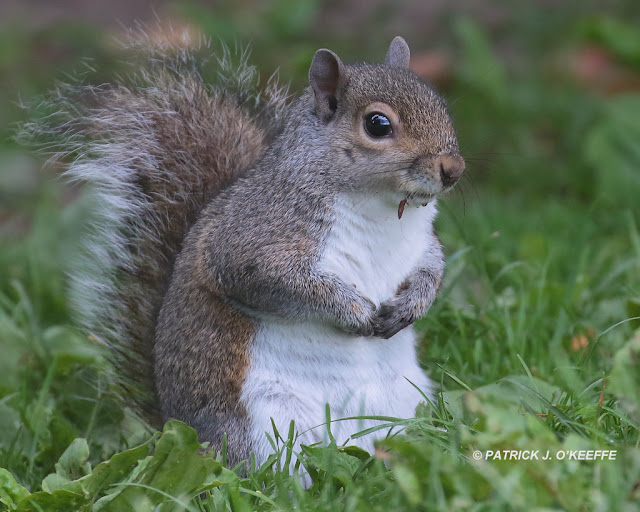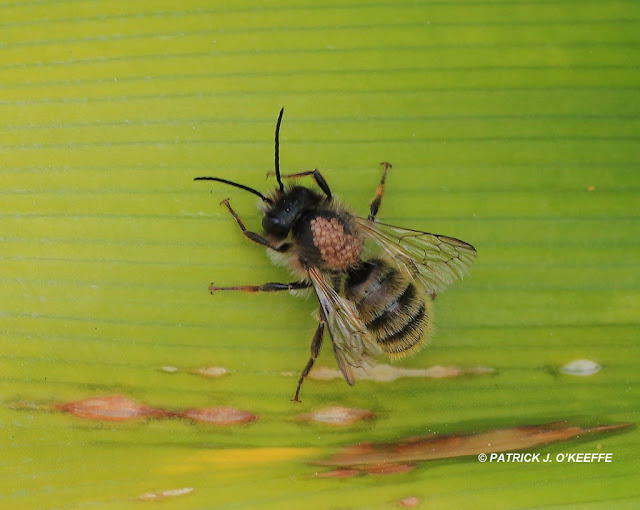CLICK ON PHOTO TO SEE HIGHER QUALITY IMAGE
Click external link here for detailed species information
Click external link here to see identification guide to British and Irish Shieldbugs
Click external link here for detailed species information
The Juniper Shieldbug (Cyphostethus tristriatus) is of the family Acanthosomatidae which is in the genus Cyphostethus . It
has two very distinctive purple red boomerang shaped markings on the
upperparts as well as rounded "shoulders" which helps to identify from
the similar Birch Shieldbug (Elasmostethus interstinctus) which has squarish "shoulders".
It occurs in the temperate regions of Europe. In Britain, it has recently expanded its range northward and has become more common. In Ireland, this appears to be a rare species with has been reported from less than 25 locations. Although this represents the first record for Fingal, in all probably it is under recorded.
Patrick J. O'Keeffe / Raw Birds



%20%20distribution%20map.jpg)

%20distribution%20map.jpg)







%20distribution%20map.jpg)












